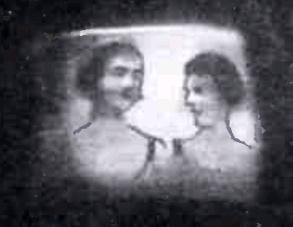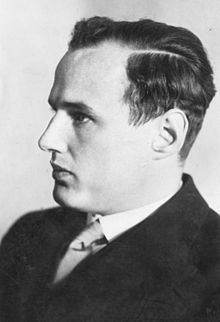 Shown here is one of the very earliest examples of an image sent by electronic television. It appeared 85 years ago, in the May-June 1931 issue of Television News, in an article by Baron Manfred Von Ardenne, whom the magazine identified as the “famous European televsision expert.”
Shown here is one of the very earliest examples of an image sent by electronic television. It appeared 85 years ago, in the May-June 1931 issue of Television News, in an article by Baron Manfred Von Ardenne, whom the magazine identified as the “famous European televsision expert.”
Von Ardenne noted that the cathode-ray tube had “long been proposed for television reception and has been used in many more or less successful laboratory experiments. In spite of these extremely
advantageous characteristics, television has thus far been obtained only with mechano-optical means.” He then went on to discuss some of his improvements.
His system involved using a cathode-ray tube as part of the transmitter. A film was placed between the tube and a photo-electric cell. Thus, the tube in the camera could be synchronized with the tube in the receiver scanning at the same rate. Depending on the configuration of the electronics, the resulting image would be either the positive or the negative of the original film. A diagram of the system used for transmission is shown here:
Von Ardenne made the first public demonstration of this system in August 1931 at the Berlin Radio Show. He successfully transmitted pictures in 1933, and his system was used in the German television service starting in 1934. Regular broadcasting began in 1935 and continued throughout the war.

Von Ardenne in 1930. Wikipedia photo.
After the war, von Ardenne made contacts with the Red Army and found his way to the Soviet Union, where he was made head of Institute A. He was initially asked to participate in the Soviet atomic bomb project, but declines, realizing that his participation would prevent his return to Germany. Instead, he worked on isotope enrichment. His work included development of an electron microscope, for which he was awarded the Stalin Prize. With the prize money of 100,000 rubles, he purchased the land for a private institute in East Germany, where he was allowed to return in 1954. From 1963 to 1989, he served as a member of the Volkskammer, the East German parliament. At the time of his death in 1997, he held about 600 patents.
Click Here For Today’s Ripley’s Believe It Or Not Cartoon
![]()

